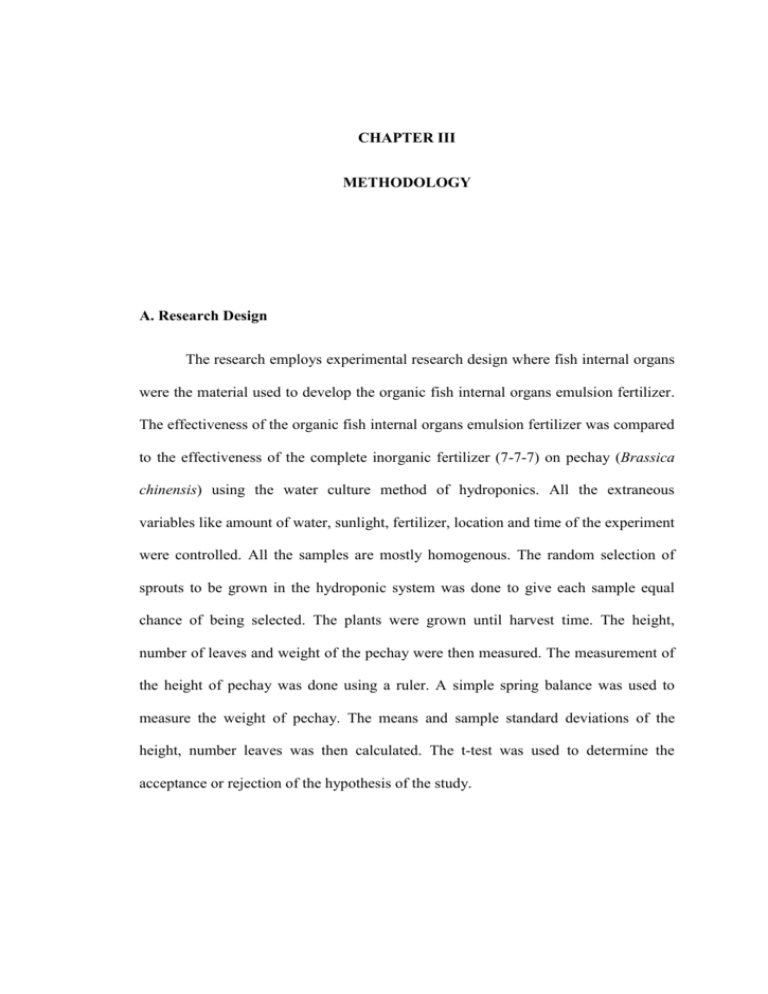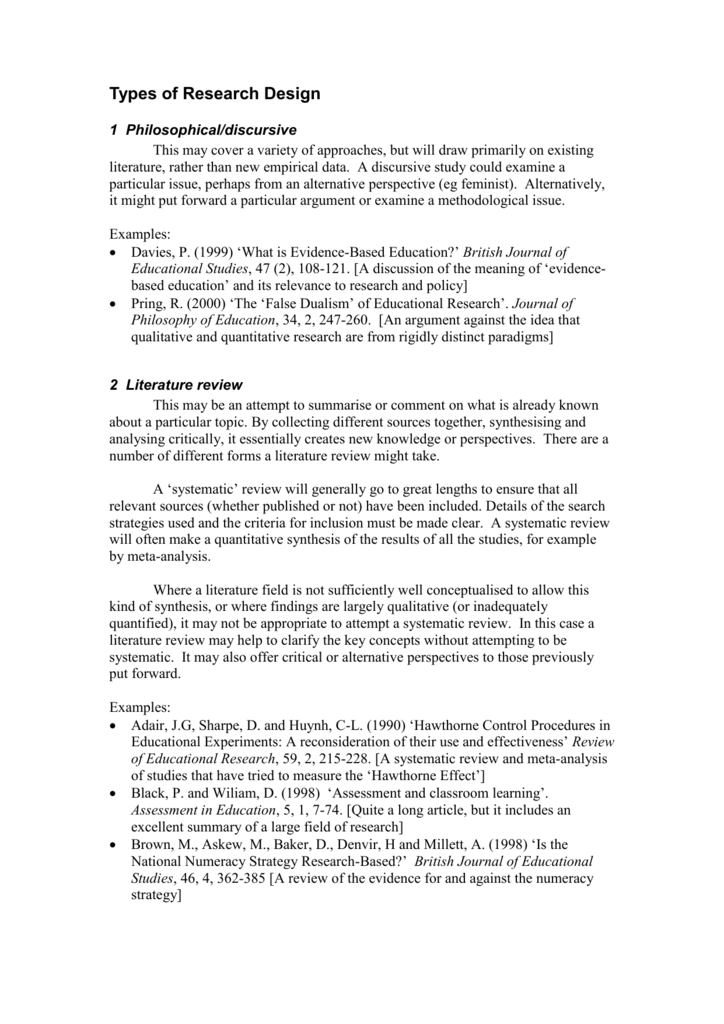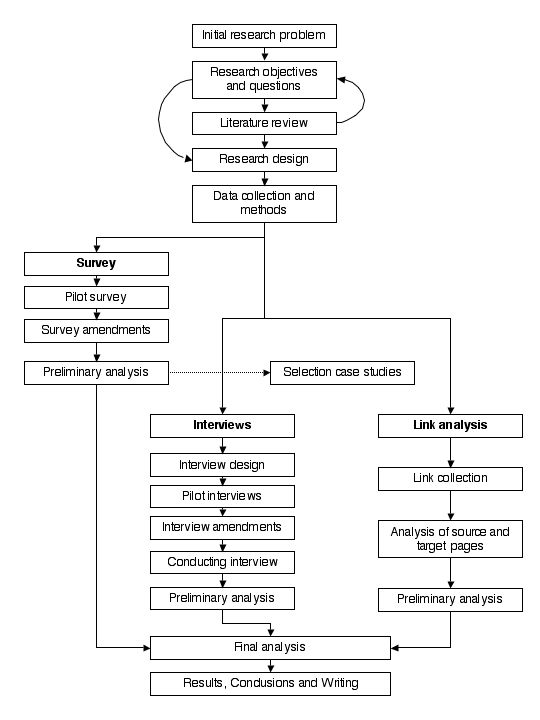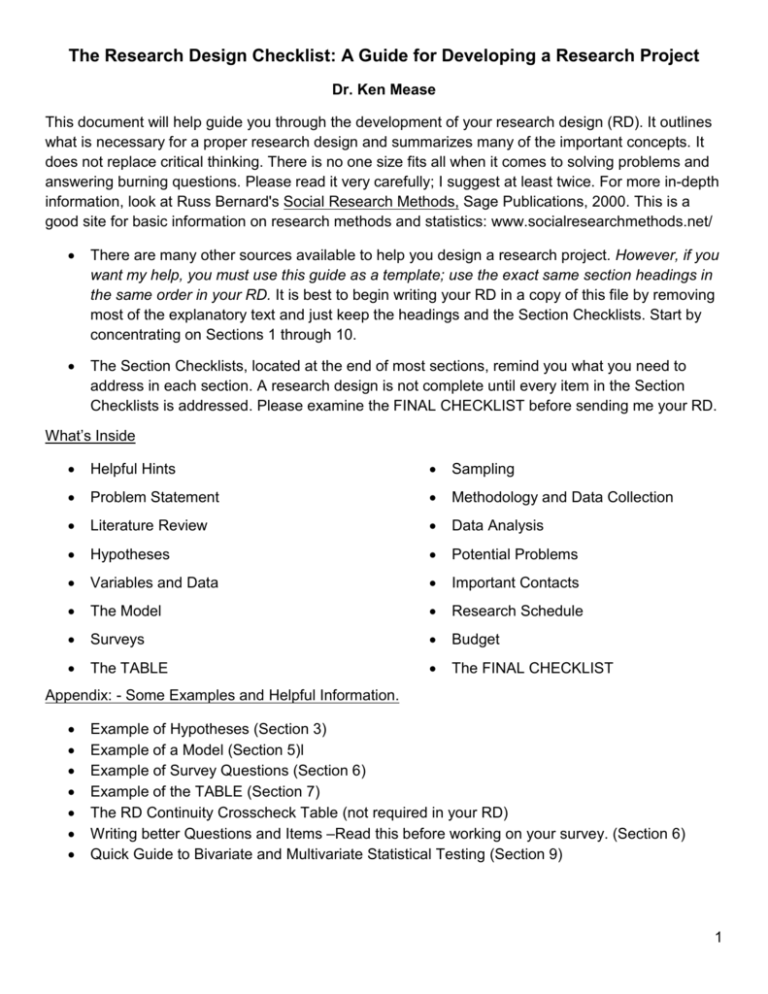Table Of Content

The researchers will generally collect various datapoints at the one time to study how they are interrelated, the predominance of some other others, and so on. Diagnostic research is a type of research that is conducted to identify and understand the nature of a phenomenon or to develop a profile of characteristics related to a certain issue (Abbott & McKinney, 2013; Leavy, 2022). However, unlike causal research design that we looked at above, correlation does not imply causation. Just because two variables correlate doesn’t mean that changing one variable will change the other.
What is Research Design? Understand Types of Research Design, with Examples
What Is a Longitudinal Study? - Verywell Mind
What Is a Longitudinal Study?.
Posted: Sat, 02 Dec 2023 08:00:00 GMT [source]
This behavior is even more pronounced when there’s an interviewer present, rather than when the survey is self-administered. A better practice is to offer respondents a choice between alternative statements. A Pew Research Center experiment with one of its routinely asked values questions illustrates the difference that question format can make.
Types of Research Design
If there is evidence suggesting that a change in a trend stems from switching from phone to online measurement, Center reports flag that possibility for readers to try to head off confusion or erroneous conclusions. For Pew Research Center surveys, this involves thinking about what is happening in our nation and the world and what will be relevant to the public, policymakers and the media. We also track opinion on a variety of issues over time so we often ensure that we update these trends on a regular basis to better understand whether people’s opinions are changing. The five primary types of study design approaches utilized in research disciplines are explanatory, diagnostic, correlational, experimental, and descriptive research.
Follow Us on Social Media
You will have to weed through your information, compile it to meet the objectives, and only extract relevant facts. Organizational skills are necessary regardless of which research design you use. Often, stakeholders will want to know upfront the costs and resources involved in a study. Philosophical research design is a broader approach to researching a problem. Grounded theory is characterized by a research study where no hypothesis is being tested. This type of research often involves broad, abstract thinking and deep contemplation on the fundamental nature of human existence.
In addition to observing in real-time, you can collect some qualitative data through recordings and in-app behavior analytics. If you are researching all students who are attending college, you will identify that as your target population. You narrow the population if you want to target all students in a state university.
Negotiating the ethical-political dimensions of research methods: a key competency in mixed methods, inter- and ... - Nature.com
Negotiating the ethical-political dimensions of research methods: a key competency in mixed methods, inter- and ....
Posted: Fri, 26 Aug 2022 07:00:00 GMT [source]
However, this research design can be time-consuming and requires substantial resources, as it involves two phases of research. Example of Observational Research Design A child psychologist may want to study the impact of playground design on children’s social interactions. Using observational research, they could spend time watching children play in different playground environments, recording their interactions and behaviors. This could reveal patterns such as more cooperative play on playgrounds with particular features, which could inform future playground design.
In this case, grounded theory design would allow you to explore this concept thoroughly without preconceptions about what coping mechanisms might exist. You may find that some patients prefer cognitive-behavioural therapy (CBT) while others prefer to rely on herbal remedies. Based on multiple, iterative rounds of analysis, you could then develop a theory in this regard, derived directly from the data (as opposed to other preexisting theories and models). For example, if you wanted to explore the relationship between exercise frequency and overall health, you could use a correlational design to help you achieve this.

You conduct experimental research in an objective and controlled manner to ensure precision. This also enables you to draw conclusions that establish one variable's effect on another. In other words, it uses a control group to compare with the experimental group. Researchers sometimes use them to describe rare cases, and social scientists test situations with case study research.
Research Design – Types, Methods and Examples
Don't be afraid to ask questions if you do not understand the material at first. This program provided me with a lot of knowledge and gave me the tools to be resourceful so that I can help lead my team to manage a clinical trial successfully. One of her family members participated in a clinical trial for diabetes research and Vivian was taken aback at how much care and attention they received from the trial staff during each monthly visit. They spent a lot of time explaining to us what diabetes was and how to modify lifestyle habits to help improve quality of life,” Vivian explains. For Vivian Dao-Tong, the importance of clinical research and its positive effects on health are personal.
A well-designed research study is essential for ensuring that the research objectives are met and that the results are valid and reliable. Research study design is a framework, or the set of methods and procedures used to collect and analyze data on variables specified in a particular research problem. A case study is an in-depth study of a particular research problem rather than a sweeping statistical survey or comprehensive comparative inquiry.
Delve into the heart of experimentation with Randomized Controlled Trials (RCTs). By randomizing participants into experimental and control groups, RCTs meticulously assess the efficacy of interventions or treatments, establishing clear cause-and-effect relationships. To start, map out your questions, define your problem, and think of what data you want to receive as a result.
There are several actions that could trigger this block including submitting a certain word or phrase, a SQL command or malformed data. Their research has resulted in Intel and Advanced Micro Devices (AMD) addressing the concerns raised by the researchers and advising users about the security issues. Today, Intel is set to issue a Security Announcement, while AMD will release a Security Bulletin. Researchers have found two novel types of attacks that target the conditional branch predictor found in high-end Intel processors, which could be exploited to compromise billions of processors currently in use. The initial hypothesis motivated him to enter ECE’s doctoral program in fall 2022.
This approach is about gaining a rich, detailed understanding of a specific context or phenomenon, and you can often be more creative and flexible in designing your research. With descriptive and correlational designs, you can get a clear picture of characteristics, trends, and relationships as they exist in the real world. However, you can’t draw conclusions about cause and effect (because correlation doesn’t imply causation). A well-planned research design helps ensure that your methods match your research aims and that you use the right kind of analysis for your data. Keep in mind that when it comes to research, it’s important to manage your risks and play as conservatively as possible. If your entire project relies on you achieving a huge sample, having access to niche equipment or holding interviews with very difficult-to-reach participants, you’re creating risks that could kill your project.
Irrespective of the specific research design employed, the goal of the researcher should be to collect as much and as diverse data as possible that can help generate the best possible insights about the phenomenon of interest. As noted earlier, research designs can be classified into two categories—positivist and interpretive—depending on the goal of the research. Positivist designs are meant for theory testing, while interpretive designs are meant for theory building. Positivist designs seek generalised patterns based on an objective view of reality, while interpretive designs seek subjective interpretations of social phenomena from the perspectives of the subjects involved. Note that case research can be used for theory building or theory testing, though not at the same time. Some techniques such as focus groups are best suited for exploratory research, others such as ethnography are best for descriptive research, and still others such as laboratory experiments are ideal for explanatory research.
Exploratory designs are often used to establish an understanding of how best to proceed in studying an issue or what methodology would effectively apply to gathering information about the issue. Experimental and quasi-experimental designs allow you to test cause-and-effect relationships, while descriptive and correlational designs allow you to measure variables and describe relationships between them. While the above example is focused squarely on one organisation, it’s worth noting that case study research designs can have different variations, including single-case, multiple-case and longitudinal designs. As you can see in the example, a single-case design involves intensely examining a single entity to understand its unique characteristics and complexities. Conversely, in a multiple-case design, multiple cases are compared and contrasted to identify patterns and commonalities. Lastly, in a longitudinal case design, a single case or multiple cases are studied over an extended period of time to understand how factors develop over time.
Based on that research, the Center generally avoids using select-all-that-apply questions. In most circumstances, the number of answer choices should be kept to a relatively small number – just four or perhaps five at most – especially in telephone surveys. Psychological research indicates that people have a hard time keeping more than this number of choices in mind at one time. When the question is asking about an objective fact and/or demographics, such as the religious affiliation of the respondent, more categories can be used. For example, Pew Research Center’s standard religion questions include more than 12 different categories, beginning with the most common affiliations (Protestant and Catholic). Most respondents have no trouble with this question because they can expect to see their religious group within that list in a self-administered survey.













